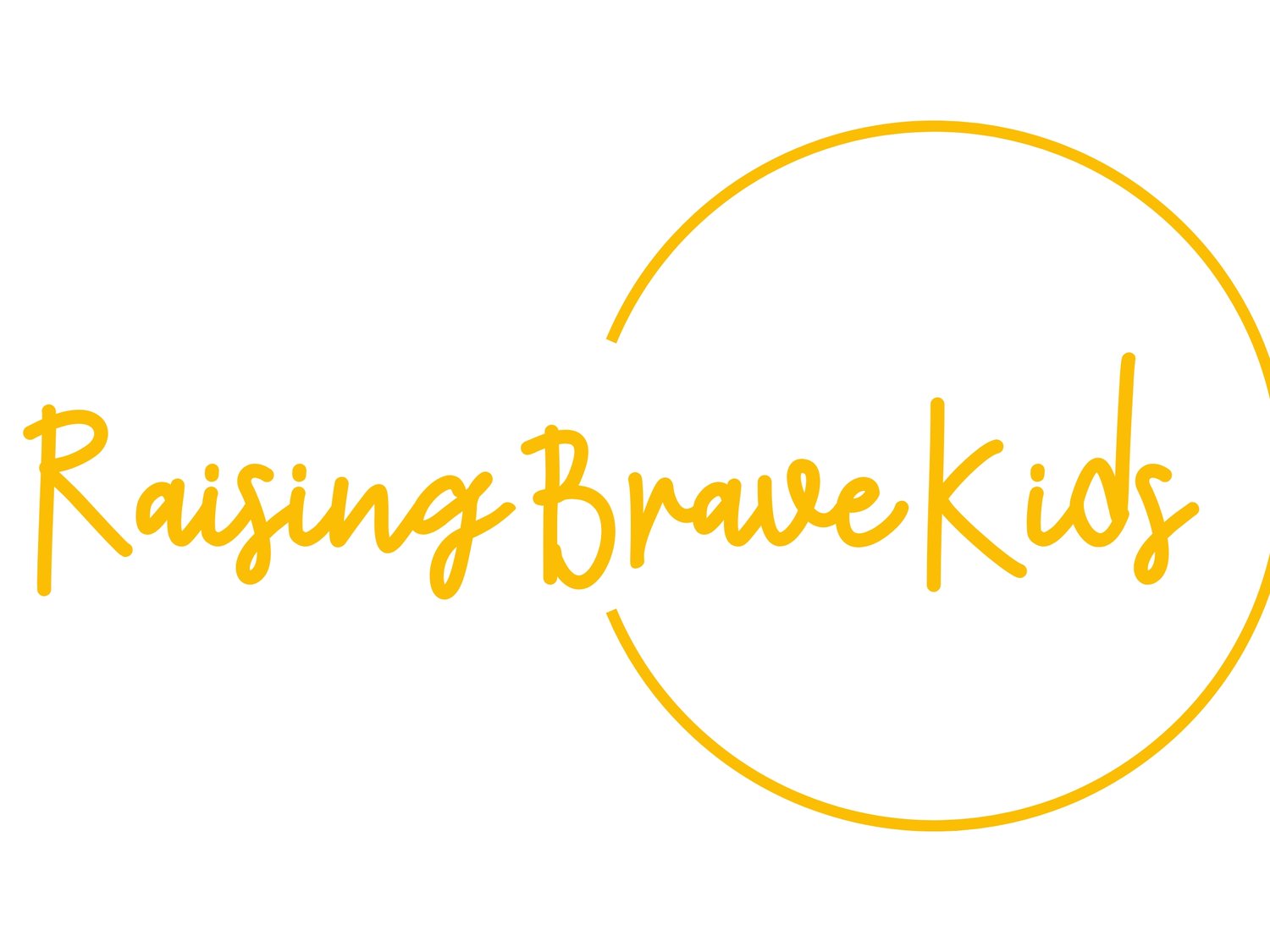Supporting Children & Teens with Emetophobia - Fear of Throwing Up
What Is Emetophobia (Fear of Throwing Up) in Kids?
Emetophobia is an intense, persistent fear of vomiting or seeing someone else vomit. While no one enjoys getting sick, this fear goes beyond normal discomfort—it often leads to life changes aimed at avoiding anything connected to throwing up or catching a stomach bug.
Common signs in children and teens include:
Avoiding certain foods to “stay safe”
Fear of germs, illness, or being around sick people
Refusing to go to restaurants, parties, or school events
Worrying about vomiting in public or at school
Skipping meals or eating very little to prevent feeling sick
Asking for constant reassurance about not throwing up
Research shows emetophobia often begins in childhood and can occur alongside other challenges like generalized anxiety disorder, OCD, or panic disorder (Lipsitz et al., 2001). Without support, it can lead to school avoidance, restricted eating, and social withdrawal.Our OCD Treatment Approach for Kids & Teens
At Raising Brave Kids, our therapists are trained in evidence-based OCD therapy for children and adolescents. Our work focuses on breaking the OCD cycle so kids can spend less time stuck in rituals and more time living life.
Our Approach to Treating the Fear of Vomiting
The good news: emetophobia is treatable. Our approach focuses on helping kids learn that they can manage their fear without constant avoidance or safety behaviors.
We use:
CBT: To help kids notice and reframe unhelpful thoughts about vomiting, illness, and safety.
ERP: To gradually face feared situations—like saying the word “vomit,” eating certain foods, or talking about stomach bugs—while resisting the urge to escape or seek reassurance.
Parent Support: To guide families in supporting exposure practice at home and reducing unintentional reinforcement of avoidance.
Collaboration with Schools: To create plans for managing anxiety during the school day, handling nausea-related fears, and preventing unnecessary absences.
What ERP Might Look Like for Emetophobia
ERP is always matched to your child’s pace and comfort level. A gradual plan might include:
Saying or writing the word “vomit” without changing the subject.
Looking at cartoon drawings of someone feeling sick.
Watching short, age-appropriate videos that mention nausea.
Sitting near someone eating a “fear food” like pizza or ice cream.
Practicing short exposures in school settings where anxiety has been high.
Each step is supported and celebrated, building tolerance and confidence over time.
Supporting the Whole Child
We understand that a child’s fear of getting sick can affect their eating habits, social life, school attendance, and overall confidence. That’s why our approach is:
Neurodiversity-Affirming: Adapts for kids with ADHD, autism, sensory sensitivities, or other learning differences.
Holistic: Addresses the physical sensations of anxiety (nausea, rapid heartbeat), emotional regulation, and resilience.
Family-Centered: Gives parents the tools to support bravery in everyday situations.
Why Early Intervention Matters
Without treatment, emetophobia can grow stronger—leading to more avoidance, missed opportunities, and ongoing anxiety. Research suggests exposure-based therapy is highly effective in reducing both fear and avoidance behaviors, and that starting early helps prevent the fear from spreading into more areas of a child’s life (Hunter & Antony, 2009).
Take the First Step Toward Freedom from Emetophobia
Your child doesn’t have to live in constant fear of throwing up or getting sick. With the right support, they can eat with confidence, attend school without worry, and join friends and family without anxiety holding them back.
We offer child and teen therapy in-person at our Portland, Oregon office and online for families across Oregon and California. Whether you’re looking for specialized child therapy or practical parent support our team is here to help.
Contact us today or schedule a free 15 min consultation
Sources:Lipsitz, J.D., et al. (2001). Emetophobia: Preliminary results of an internet survey. Depression and Anxiety, 14(2), 149–152.Hunter, P.V., & Antony, M.M. (2009). Cognitive-behavioral treatment of emetophobia: The role of interoceptive exposure. Cognitive and Behavioral Practice, 16(1), 84–91.
When a child is terrified of throwing up—or even being near someone who might—life can quickly shrink. They might avoid certain foods, refuse to go to school, panic at the thought of catching a stomach bug, or stay away from friends who say they feel sick. This intense fear, known as emetophobia or fear of vomiting, can cause daily anxiety and limit a child’s ability to enjoy life.
At Raising Brave Kids, we help children and teens overcome their fear of throwing up with compassion and proven strategies. Using Cognitive Behavioral Therapy (CBT) and Exposure and Response Prevention (ERP), we guide kids through gradual, supported steps so they can reclaim activities, friendships, and confidence.

